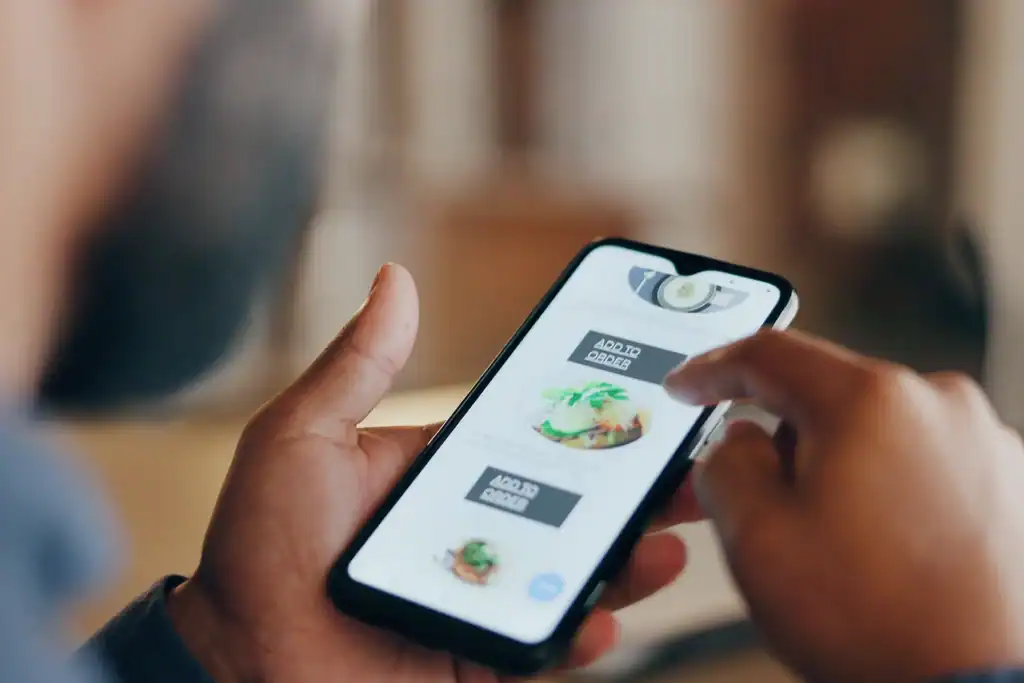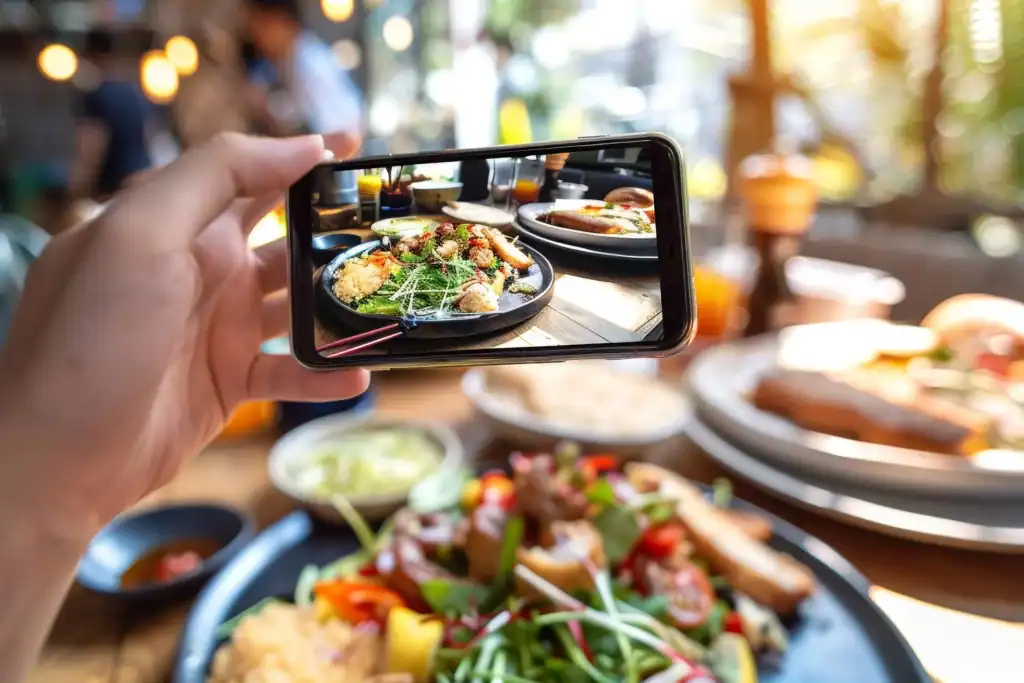As a restaurant leader, you are always looking for ways to increase traffic and revenue. One of the most effective strategies you can use to achieve this goal starts by maximizing the opportunities via the early marketing funnel. A marketing funnel is a way to visualize the different stages a potential Patron goes through before making a purchase. By understanding this process and implementing early marketing funnel best practices, you can increase your chances of attracting new customers and converting them into loyal Patrons.
Let’s start with some definitions. The marketing funnel is divided into four stages: Awareness, Interest, Decision, and Action. Each stage represents a different level of engagement with your brand and corresponds to a different set of marketing activities.
The first stage, Awareness, is all about making potential customers aware of your brand. This could include advertising, social media campaigns, and public relations efforts. The goal is to reach as many people as possible and give them reasons to pay attention to the restaurant brand.
The second stage, Interest, is when potential customers begin to engage more deeply with your brand. They may visit your website, connect on social channels, or sign up for the email list. This is a critical stage because it’s where you can begin to build relationships with potential customers and differentiate yourself from your competitors.
The third stage, Decision, is when potential customers are considering whether to make a purchase. They may be comparing your restaurant to others in the area, looking at your menu, or reading reviews online. At this stage, it’s important to provide as much information to help them make your restaurant brand their choice. This stage often happens in micro-seconds where Patrons use prior experiences to make snap judgments about what they want to eat at that moment.
The final stage, Action, is when potential customers place the order and convert. This could be a reservation, a takeout or delivery order, or a visit to a restaurant location. The goal of this stage is to make the purchasing process as seamless as possible and ensure that customers have a positive experience from beginning to end.
Now that we’ve defined the different stages of the marketing funnel, let’s look at some early marketing funnel best practices that can help you attract new customers and convert them into loyal patrons.
- Know your audience: Before you start any marketing activities, it’s important to understand your target audience, we call them Patrons. Who are they? What are their interests? What do they value? By understanding your audience, you can tailor your marketing messages to resonate with them.
- Create compelling content: In the Awareness and Interest stages, it’s important to create compelling content that grabs people’s attention and encourages them to engage with your brand. This could include blog posts, social media posts, videos, and other types of content.
- Use targeted advertising: Advertising can be a powerful tool for reaching new customers, but it’s important to make sure your ads are targeted to the right audience. By using demographic and geographic targeting, you can ensure that your ads are reaching the people who are most likely to be interested in your restaurant.
- Provide value: In the Decision stage, it’s important to provide potential customers with as much information as possible so they can make an informed decision. This could include detailed menu descriptions, photos of your restaurant, and customer reviews.
- Make it easy to take action: In the Action stage, it’s important to make it as easy as possible for customers to make a purchase. This could include online ordering, mobile payments, and other convenient features.
Understanding the marketing funnel and implementing early marketing funnel best practices can help restaurant brands attract new customers, grow followers, and increase the potential for conversions that lead to revenue. By creating compelling content, using targeted advertising, providing value, and making it easy for customers to take action, you can increase your chances of converting potential customers into loyal patrons.


